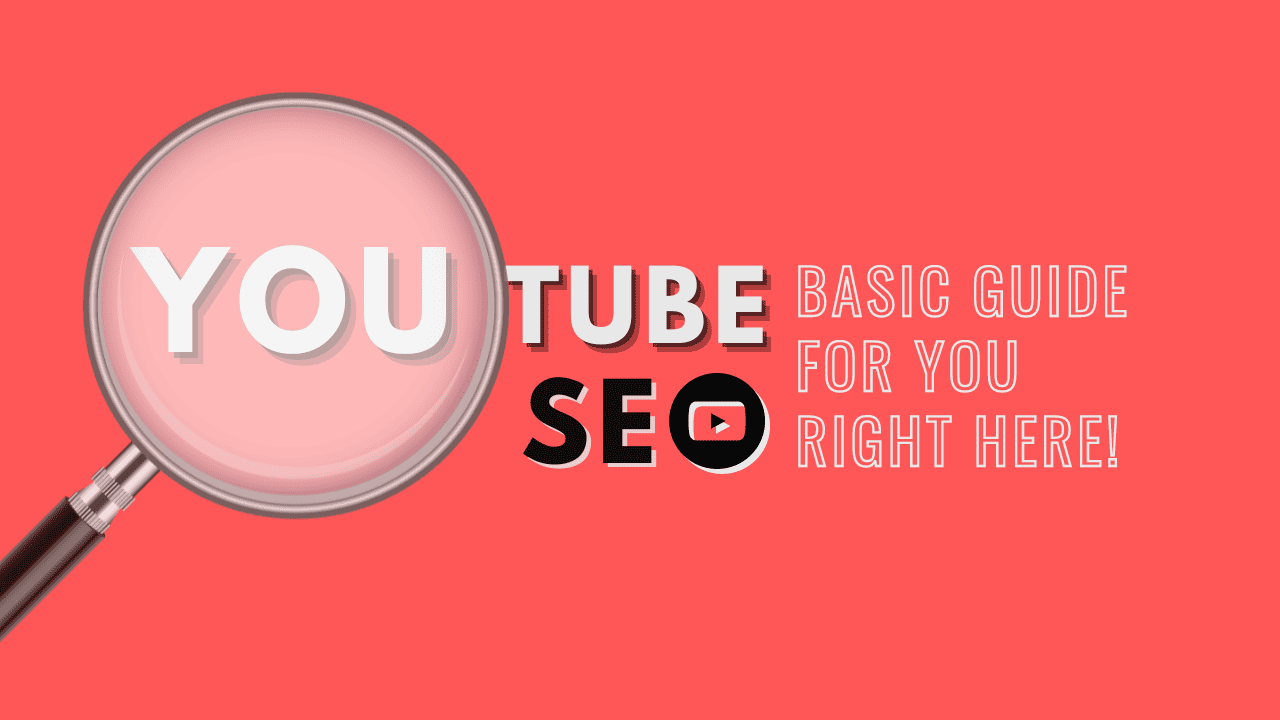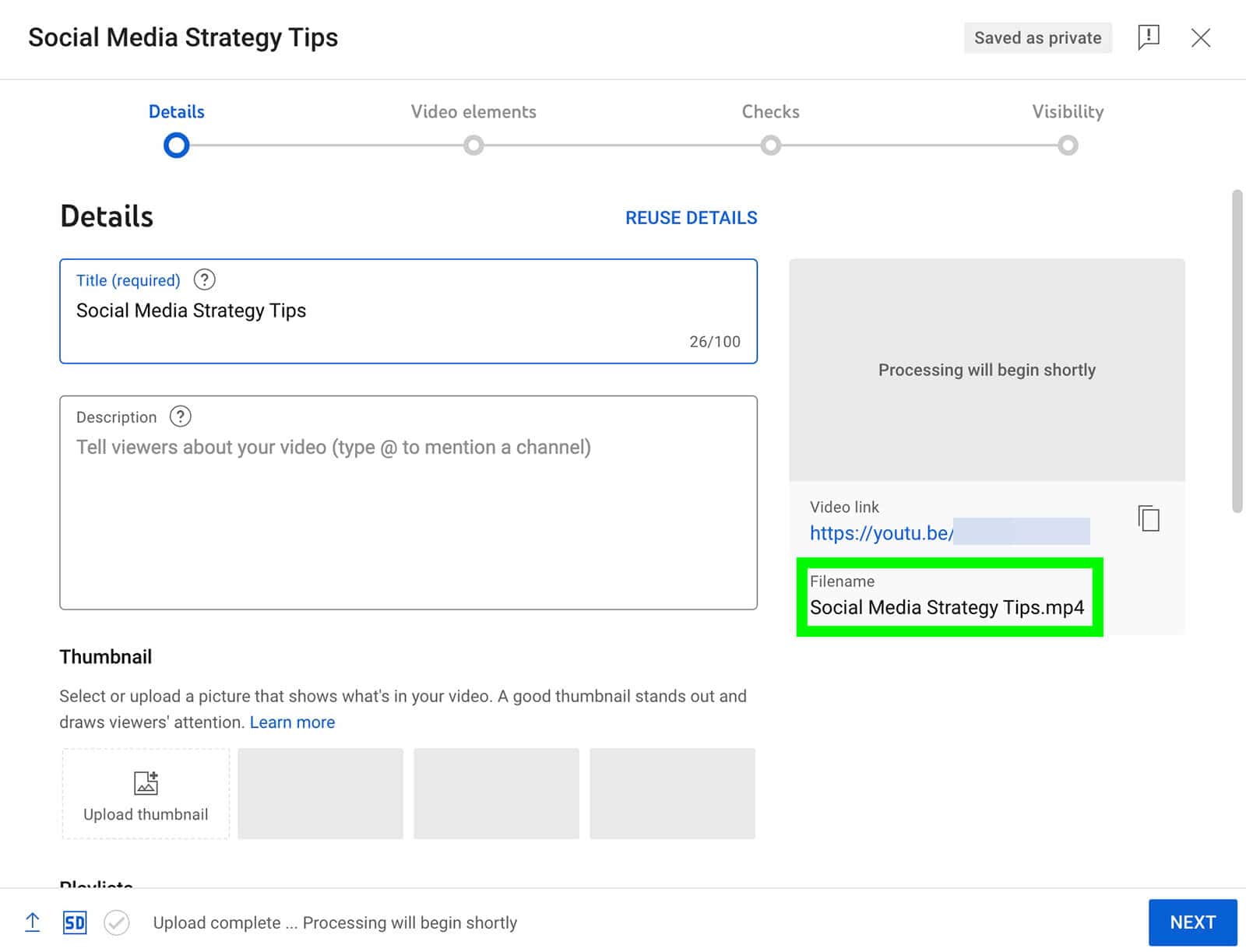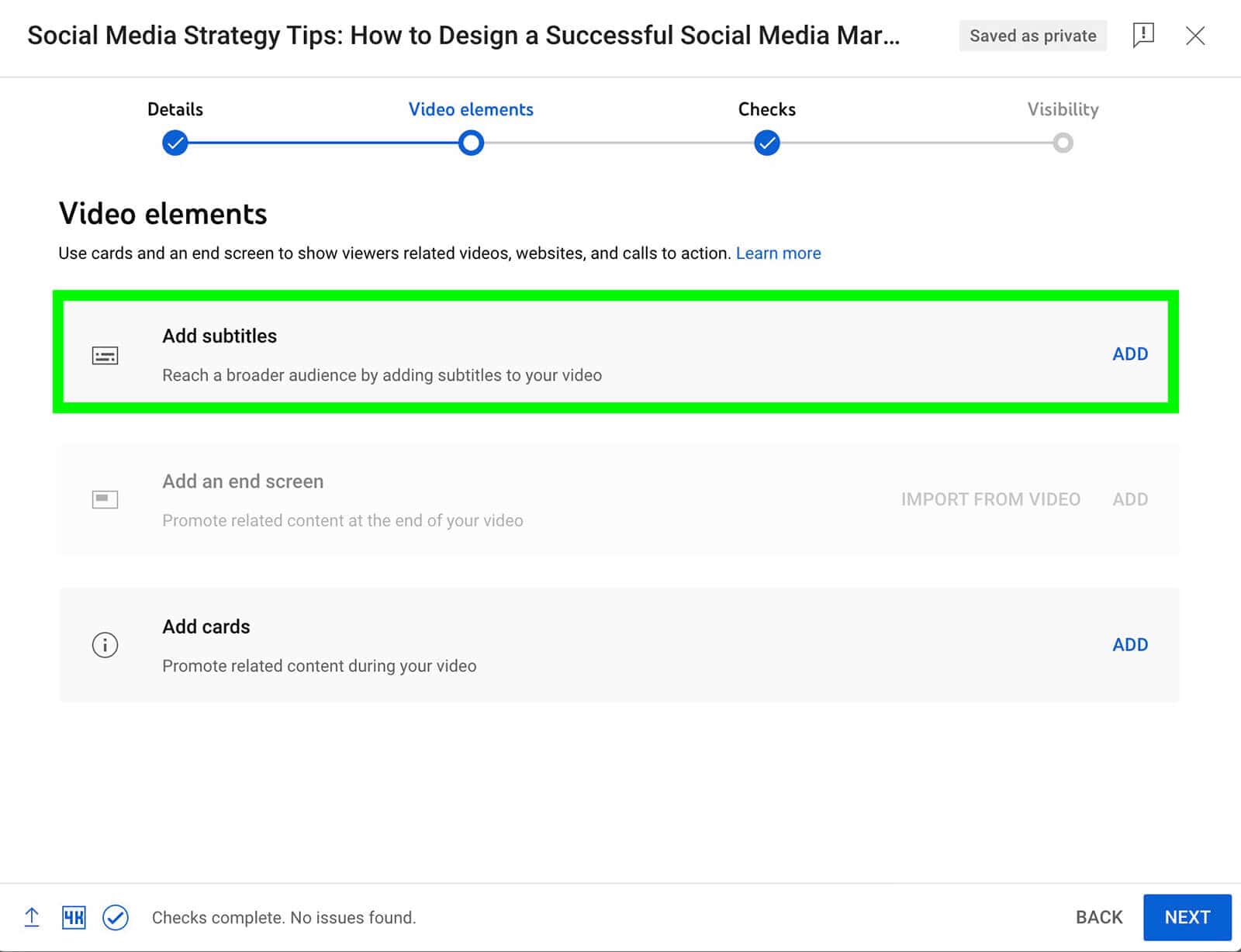Looking to increase your visibility on YouTube? Interested in reaching the right audience without relying on ads? This basic guide to YouTube SEO will help you go through the process of optimizing your video content for search and discovery on YouTube.
The Importance of YouTube SEO
Incorporating relevant keywords into your captions, subtitles, and alt text is beneficial across social media networks. However, regarding YouTube, SEO takes on even greater significance and complexity.
While adding keywords is vital, it’s just one aspect of the process. YouTube functions not only as a social media platform with billions of daily views but also as a robust search engine. By optimizing your video content for search, you can boost discoverability, increase views, attract subscribers, and even enhance conversions.
Don’t treat SEO as an afterthought when creating YouTube content. Instead, let it shape your content strategy and influence various key elements of your videos. Embrace effective SEO, and you’ll craft and optimize YouTube videos that continue to rank in search results and yield results for extended periods after being published.
Read on with this basic guide to YouTube SEO to incorporate this important aspect into your marketing strategy.
6 Essential YouTube Video and Channel Elements for Search Optimization
Upon publishing content on your YouTube channel, take the time to optimize the following elements. It’s worth noting that you can also update previously published videos with most of these elements to enhance their searchability.
#1: File Name
Avoid using filenames with vague notes or strings of letters and numbers, such as “video – final version”
Instead, seize the opportunity to improve search visibility by incorporating relevant keywords into your video filenames.
When naming video files, always include a pertinent keyword. Consider using the video title (see below) as the filename to simplify the process and ensure the main keyword is present.
Does your team have a more intricate naming structure for creative assets? You can temporarily modify the video filename before uploading it to YouTube, then revert it for storage. Just remember to document the YouTube filename in your asset library.
#2: Video Title
The video title holds immense significance in incorporating your keyword effectively. It not only informs YouTube about the video’s topic but also catches the attention of searchers and subscribers, ultimately driving more views.
For SEO-driven YouTube video titles, integrate the keyword naturally with relevant context. Avoid using titles that solely consist of the keyword (e.g., “Social Media Marketing”). Additionally, refrain from overloading the title with multiple keywords.
#3: Video Description
While YouTube titles are limited to 100 characters, offering limited detail, the video description field allows up to 5,000 characters, providing ample space to add context and engage viewers.
Begin by placing the primary keyword near the beginning of the description, preferably within the first sentence. Reiterate the keyword at least once more, ensuring it flows naturally. Incorporate related keywords and semantic phrases to convey the video’s essence to YouTube.
For further context, consider including hashtags in the video description.
Limit it to three to five hashtags and position them at the end of the description
#4: Video Chapters
While YouTube automatically adds chapters to long-form videos for better viewer consumption, relying solely on their determination means missing out on a crucial SEO opportunity.
To optimize this, manually create chapters by listing timestamps in the description, as shown in the example above. Begin with 00:00 and ensure each chapter spans at least 10 seconds. After each timestamp, give the chapter a descriptive name, aiding viewers in navigating your content and helping YouTube comprehend your video.
#5: Video Captions
Video captions are vital for accessibility and also contribute to YouTube SEO
While titles and descriptions provide YouTube with details about your video’s content, captions help the platform understand precisely what you’re discussing.
Though YouTube can automatically generate captions for your videos, these may contain errors and miss essential details. For the best results, it’s advisable to add captions manually.
You can do this by accessing the Video Elements tab on the publishing screen. Click “Add Subtitles” and select the preferred option.
You can either upload an SRT file, enter captions manually, or sync a transcript to the video.
#6: Video Tags
To provide YouTube with more information about your videos, you have the option to add tags in YouTube Studio. At the bottom of the main video publishing screen, you can paste a list of tags or add them manually. Note that tags are limited to 500 characters.
Incorporating tags allows you to check off one of the final video SEO aspects before publishing, and it aids YouTube in understanding your topic, especially if it’s commonly misspelled. However, it’s essential to recognize that tags play a minor role in ranking and discovery. YouTube has stated that descriptions and titles are more crucial than tags.
Conclusion
The significance of search engine optimization cannot be overstated when it comes to establishing a thriving YouTube channel. By implementing a robust SEO strategy for YouTube, you can facilitate discovery, enhance search rankings, captivate viewers, and efficiently expand your channel. If you feel this basic guide to YouTube SEO is helpful, maybe check out our other blogs too.



